T4K3.news
Apple plans iPhone 18 A20 chip WMCM packaging
A report says the iPhone 18 will use a 2nm A20 chip with WMCM packaging, boosting performance.

A report says the iPhone 18 will use a 2nm A20 chip with WMCM packaging, aiming to boost performance and AI tasks.
Apple plans iPhone 18 A20 chip WMCM packaging
Apple is set to unveil the iPhone 17 lineup soon, but a new report argues the next year’s iPhone 18 could arrive with a notable hardware push. The A20 chip is said to be built on a 2nm process and will use a Wafer-level Multi-Chip Module packaging, moving away from InFO.
The WMCM approach connects the processor and memory at wafer level, reducing steps and potentially improving heat and signal integrity. If true, the A20 could deliver faster speeds and better efficiency, especially for on-device AI tasks and gaming. Siri is also rumored to receive a stronger upgrade next spring, aligning software improvements with the new hardware.
Key Takeaways
"The A20 chip marks a hardware leap"
Key claim about the hardware upgrade
"WMCM packing pulls memory and compute closer to the processor"
Explains the packaging change
"If the AI promise lands, everyday use could feel noticeably smoother"
Editorial take on AI impact
If Apple adopts WMCM, it signals a broader shift in how iPhone silicon is designed, not just the chip but the surrounding packaging. The change could lower manufacturing steps and improve yields, but it may also affect costs and supplier dynamics. The focus on AI workloads shows a push to future proof devices for on-device inference and smarter real-time processing.
The move to a 2nm process adds another layer of risk and opportunity. While it promises performance gains, it also brings potential yield and cost challenges that could ripple through pricing and supply chains. If successful, the strategy could push competitors to accelerate their own packaging and memory integration efforts.
Highlights
- A 2nm leap could redefine iPhone speed
- WMCM packs memory and compute side by side
- AI on device may run faster and cooler
- Siri gets a hardware backed boost in the spring
The real test is whether these advances make a noticeable difference in daily use.
Enjoyed this? Let your friends know!
Related News
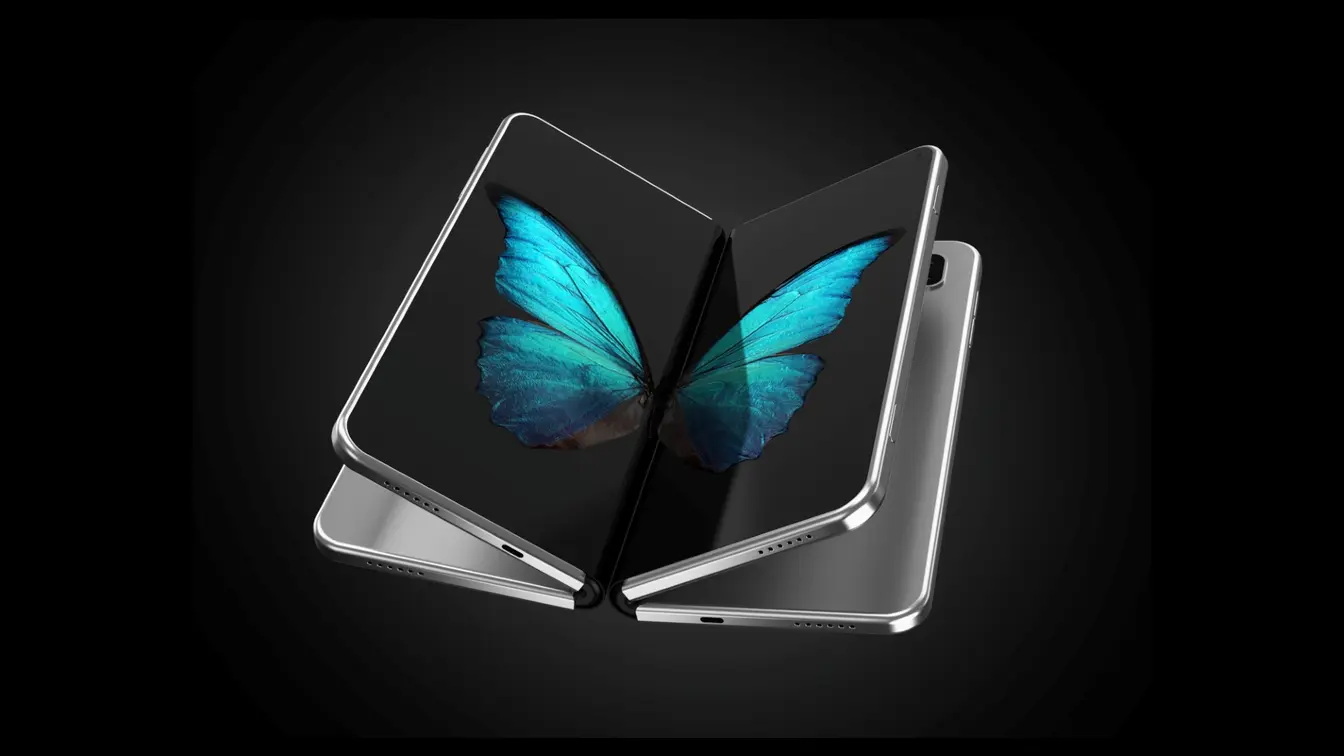
Foldable iPhone specifications and pricing details released

Apple hints emerge in code
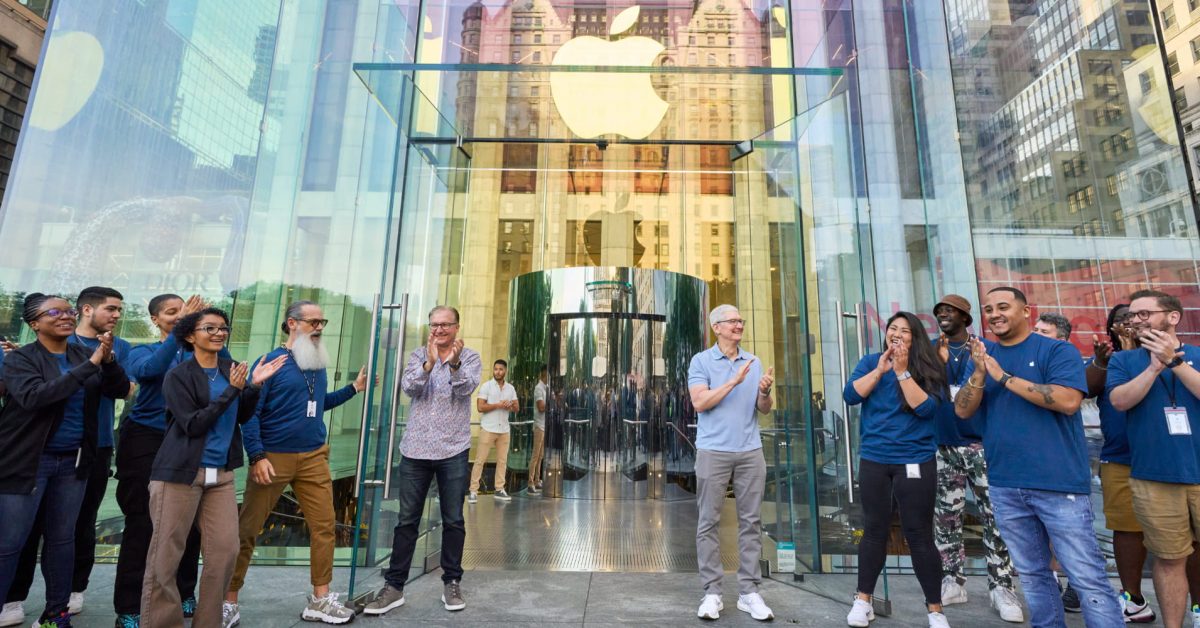
Apple reveals three-year iPhone roadmap
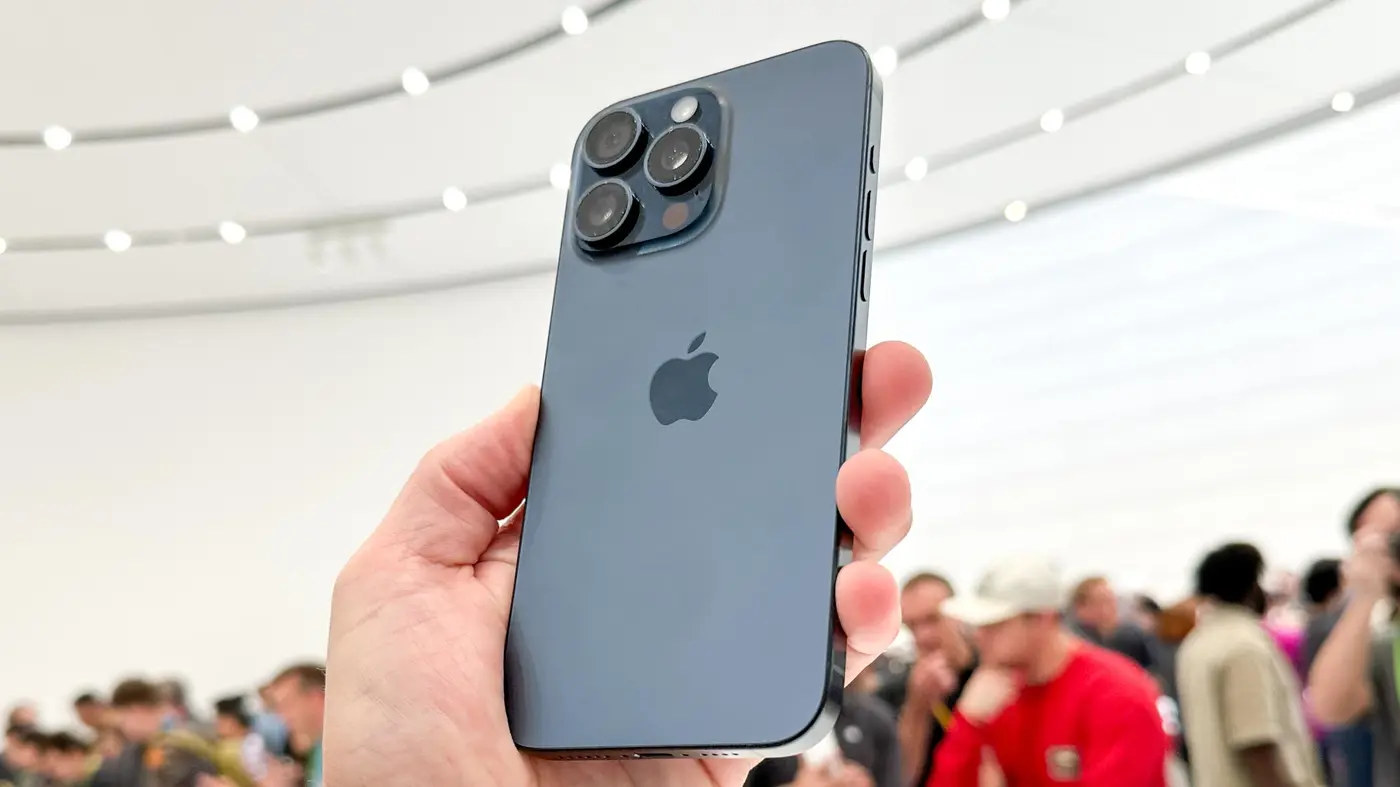
Tech update preview
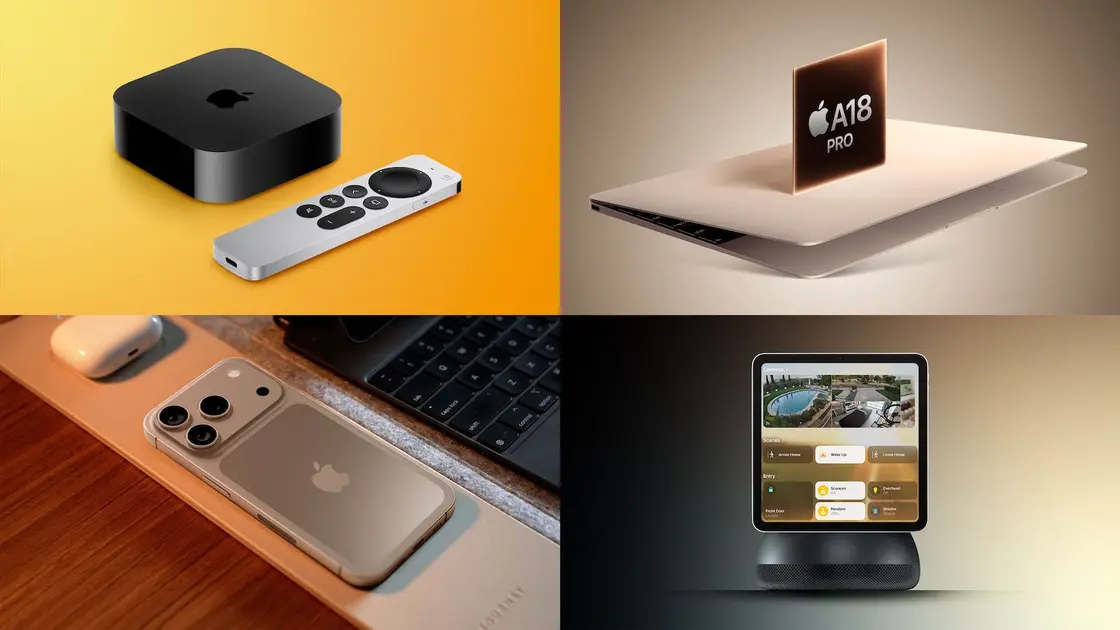
Apple leaks highlight budget MacBook and smart home push
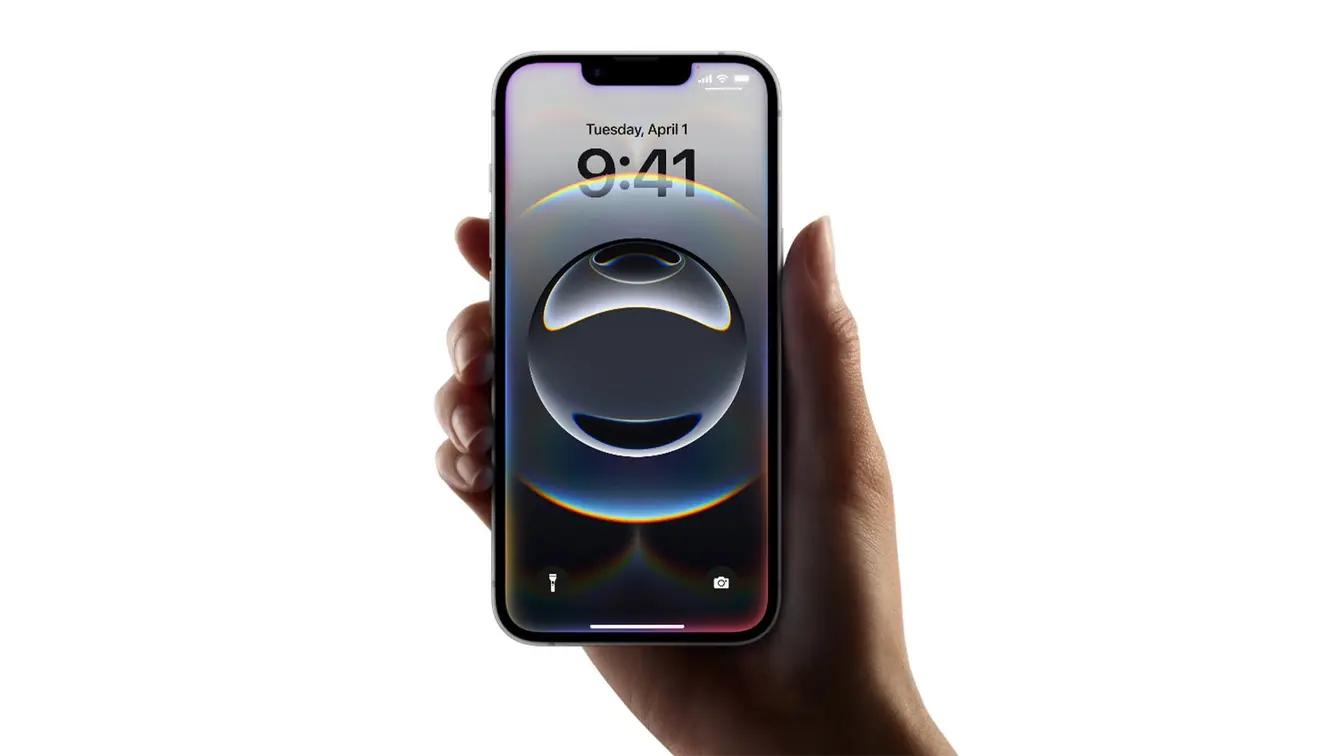
New iPhone 17e rumors

Stocks Retreat as Investors Await Key Technology Earnings
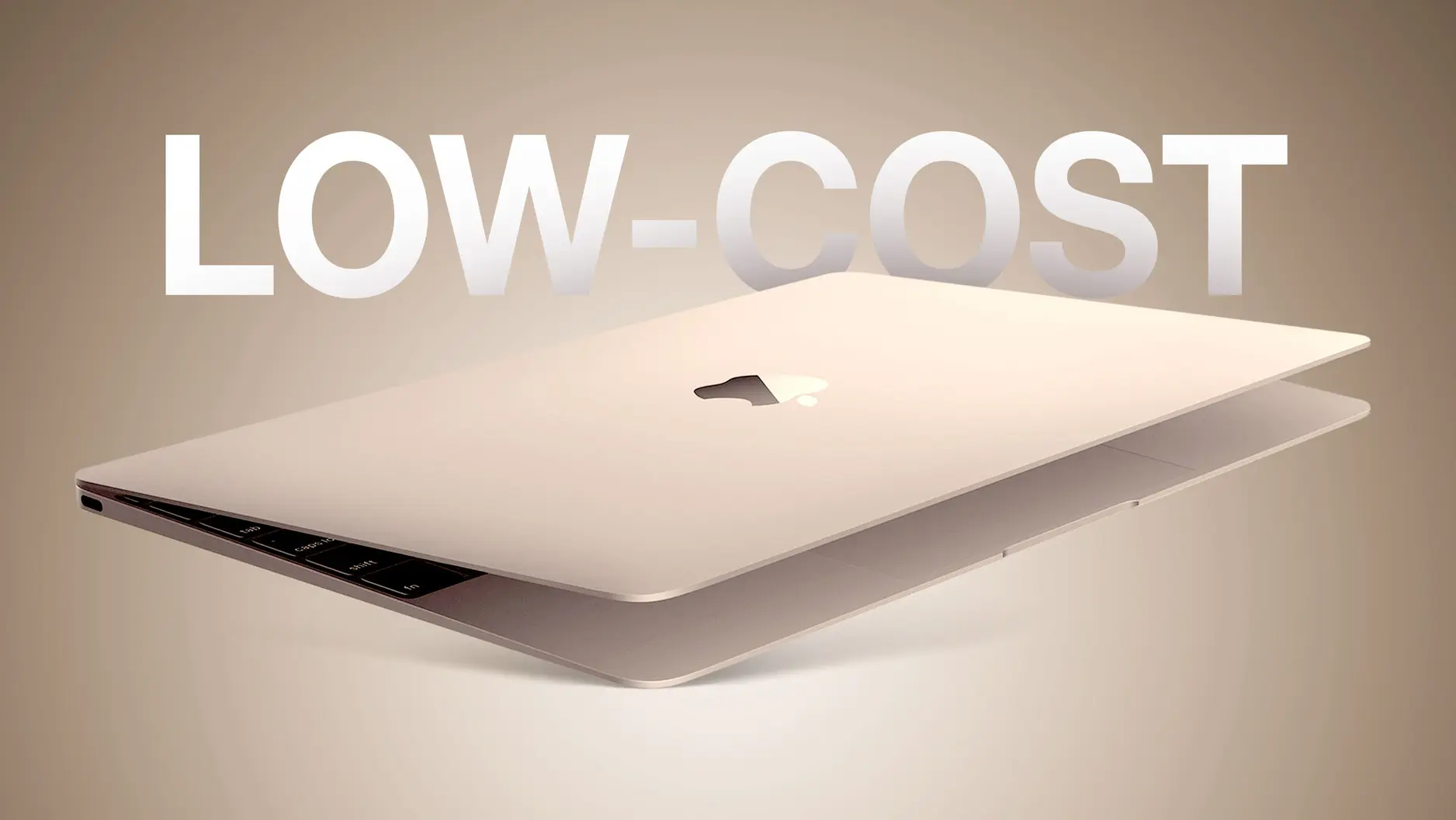
Budget MacBook launches
